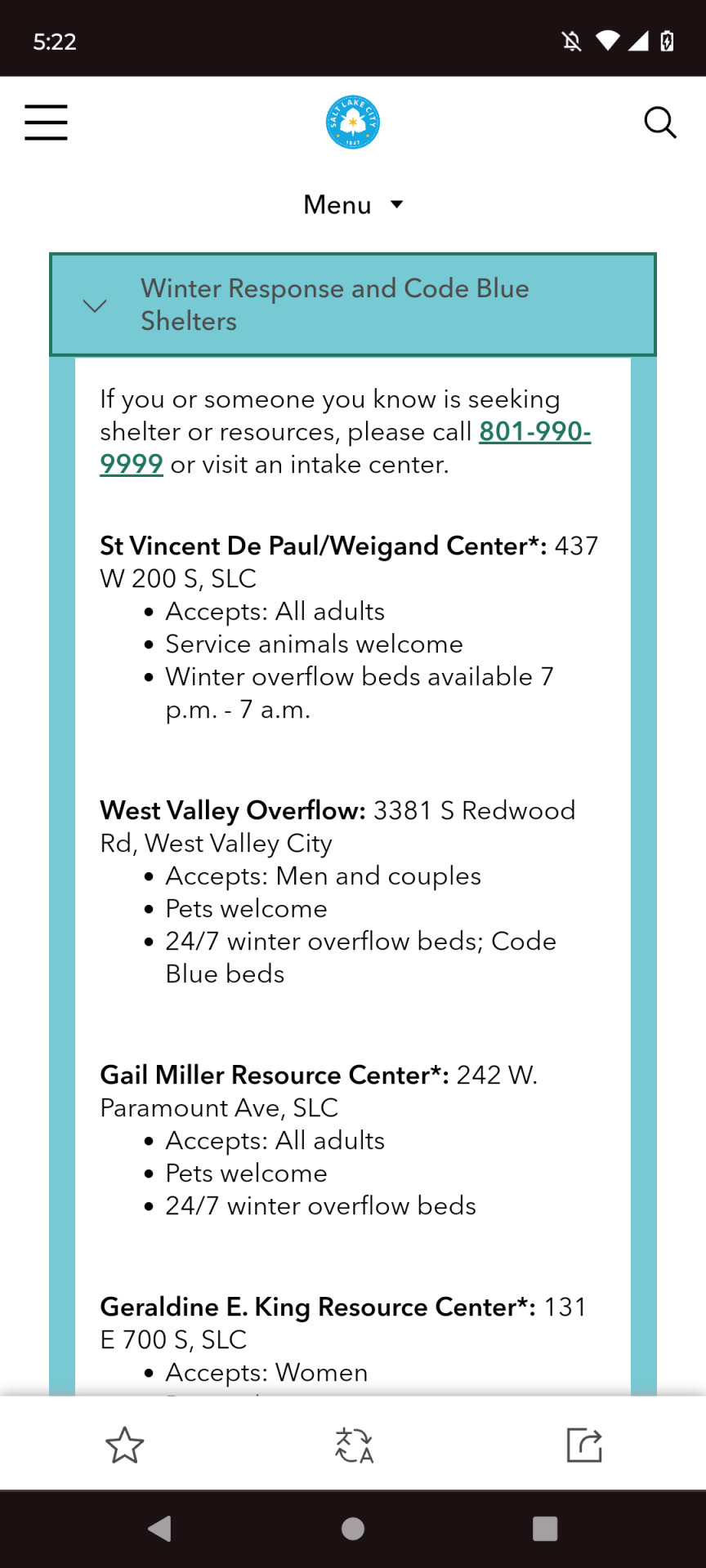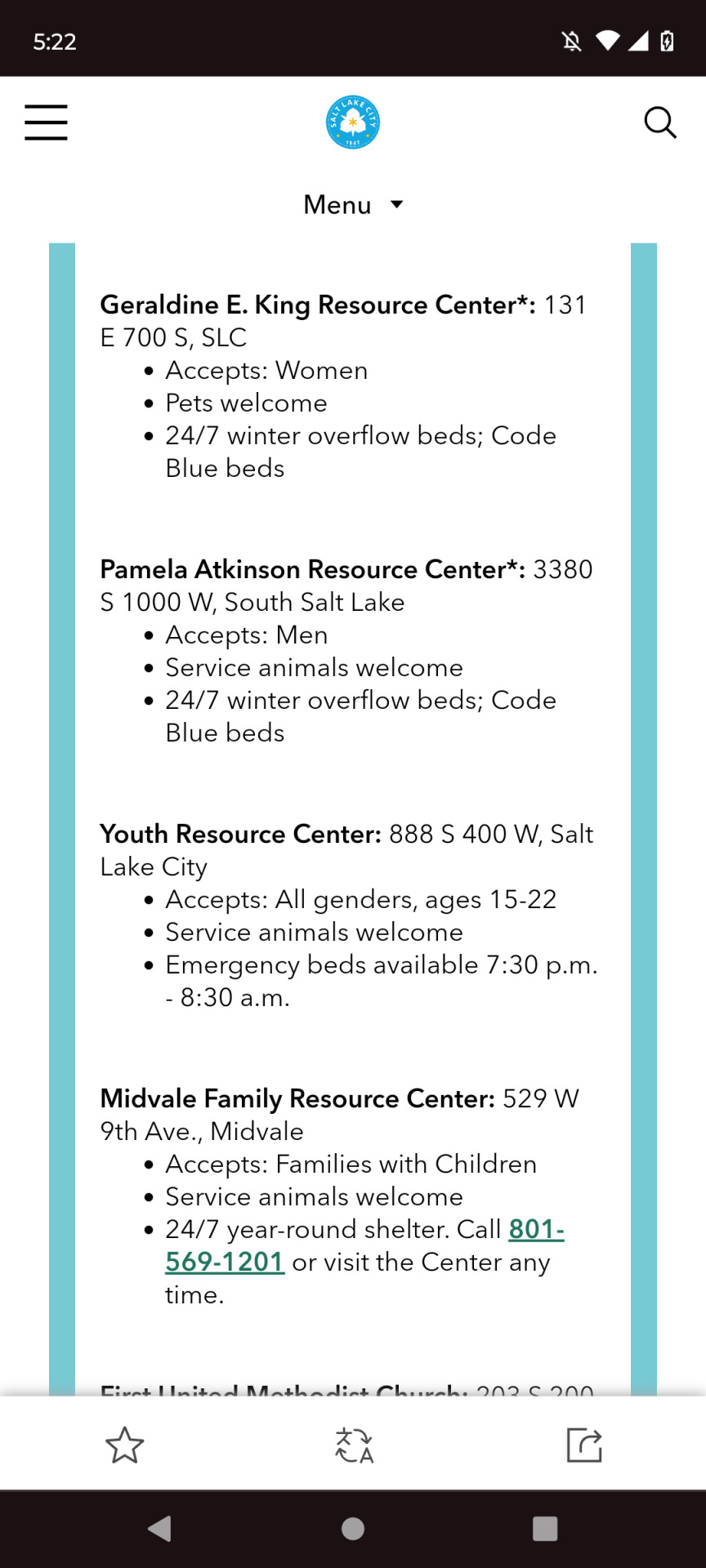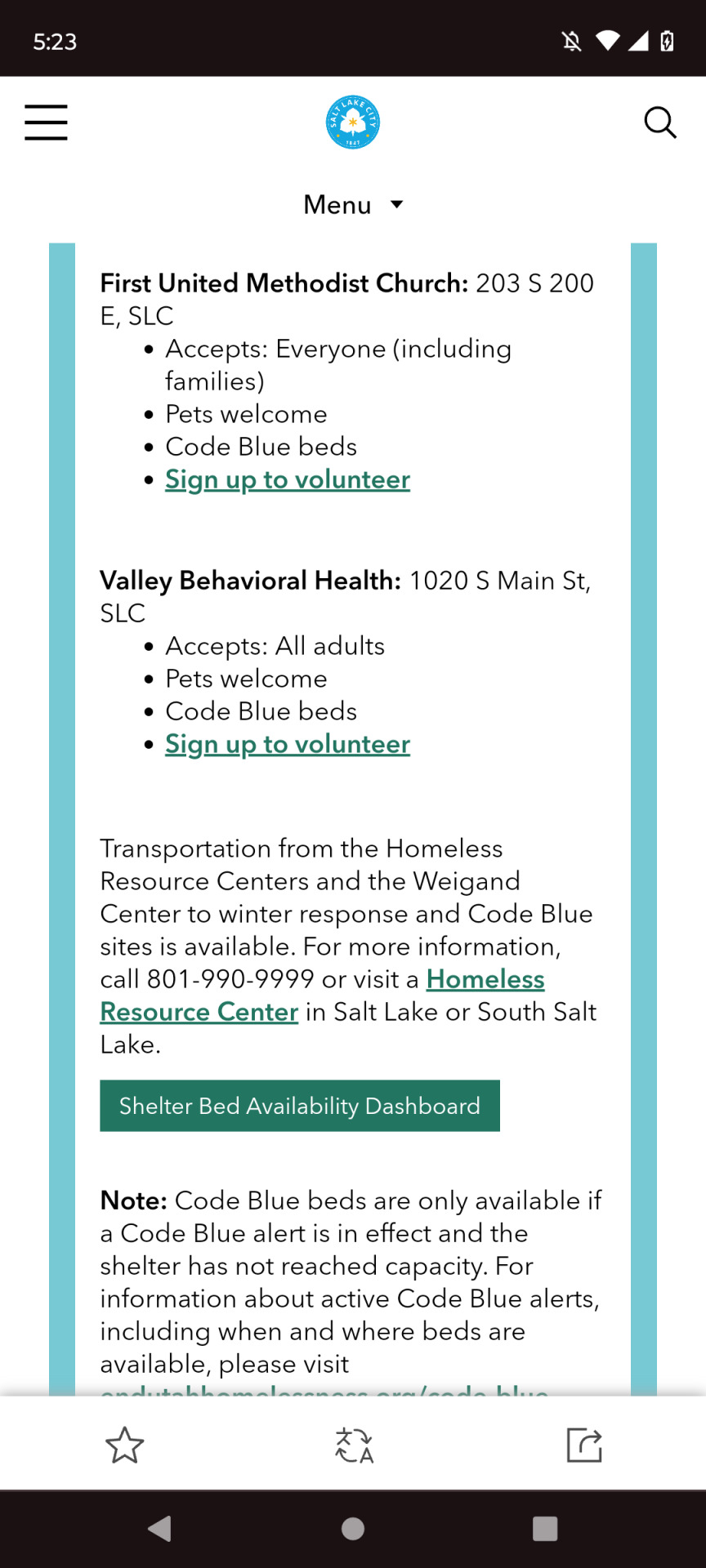#weather warning
Explore tagged Tumblr posts
Text

⚡️ Nefarious Weather to be Manufactured Towards Texas.
- The Ghost Patriot
I saw Ezra Cohen posted and I quote: "HAARP will be used to attack Texas"
That's twice I have seen this warning saying the same thing. So be aware and definitely be prepared my Texan brothers and sisters. 🤔
Let's Watch & See 👀
#pay attention#educate yourselves#educate yourself#knowledge is power#reeducate yourself#reeducate yourselves#think about it#think for yourselves#think for yourself#do your homework#do some research#do your own research#ask yourself questions#question everything#texas#weather warning#warning#false flag#government corruption
107 notes
·
View notes
Text

weather warning
#weather warning#flooding#uk flooding 2024#climate change#trying to lean into a rougher more angry style with this kinda work#god. i am so tired lol.#i have the footage of the siren if anyone wants to hear it.#you could hear it almost five fucking miles away
17 notes
·
View notes
Text
PSA:
Salt Lake County, Utah has just issued a code blue alert, which means that the weather is going to drop to 15° fahrenheit or below. During a code blue, homeless shelters may increase their capacity by 35%, and cannot deny you temporary shelter unless they have reached capacity. If you or someone you know is living on the streets and you need help, here are some screenshots I've taken from the city council website and the link if you want to have a look yourself. Please stay safe and warm ❤️



12 notes
·
View notes
Text

⚠️ Tweeted at about 8.10pm x
FITFWT Red Rocks, 21 June 2023
21 notes
·
View notes
Text
Storm Henk has hit the South East of England. The wind is so severe that power cuts are to be expected and my university has advised everyone to leave campus and find shelter because of quote ‘serious threat to life’ unquote.
Can I just stress again to all the climate change deniers out there that this is NOT normal.
4 notes
·
View notes
Text
Anyone living in a coastal area especially keep an eye on local news, they should have live updates on floods, road closures, whether warnings
3 notes
·
View notes
Text
Stay safe everyone!
Y’all in the American SW and west Mexico better check the national hurricane center and your weather for this weekend and next week.
Hurricane Hilary is about to make landfall and that whole desert area is supposed to get a years worth of rain or more. Death Valley is supposed to get twice the annual rainfall. Severe winds, massive flooding, and landslides are all strong possibilities.
This is gonna get ugly. Please spread the word. This is a majorly anomalous event and people may be unaware of the threat headed their way.
32K notes
·
View notes
Text
Shocking Tragedy as Storm Eowyn Claims Young Lives: Tree Falls Crush Cars in Scotland and Ireland
In the quiet town of Mauchline, East Ayrshire, a serene morning turned into a nightmare when Storm Eowyn unleashed its fury. At approximately 6:45 AM on a Friday morning, a 19-year-old man driving through the area was met with an unexpected and fatal disaster. A tree, weakened by the storm’s fierce winds, fell onto his car, trapping him inside. Emergency services from Scotland were quick to…
0 notes
Photo


A TRULY TERRIFYING CREATURE
CYR REF 2023 BABYEEEEEEE!!!
Have not had any drive to do anything these past few months, save for some personal art. so behold Cyr... finally revamped and ready for his reveal!!
i love him so much, plz enjoy
#art#my art#oc#Cyr Graves#Cyrcore#Orca#Ocean#Weather Warning#so listen i have like literally had like brainrot for weeks um hoooboy#He's everything i fear and i love him for it
183 notes
·
View notes
Text
Storm Éowyn update:
Power's completely gone. I'm very concerned about the milk and meat in the fridge.
Neighbours lost some roof tiles and one guy lost a pipe.
There's a metal ladder in our back garden. It's not ours.
Watched the trampoline from the garden two doors down try to invade the next door neighbour's garden. It got lodged in their fence.
Somehow my house is pretty undamaged minus the power outage and a close call with the fence nearly blowing down until my dad braced something heavy against it.
And I think something's up with the 4G because I'm not getting any signal. Super spotty.
Overall, would not like to experience a literal hurricane-but-it's-technically-not-a-hurricane-because-of-a-classification-technicality again.
And I got the emergency notification 7 times including when I logged into this account
1 note
·
View note
Text
We have a red weather warning ⚠️ Will be hibernating this weekend then. Maybe I'll get some writing done.

1 note
·
View note
Text
From CNN: Hurricane Beryl intensifies into an ‘extremely dangerous’ Category 4 storm as it approaches the Caribbean
Hurricane Beryl intensifies into an ‘extremely dangerous’ Category 4 storm as it approaches the Caribbean
0 notes
Text
Heatwave! Please stay safe and stay hydrated 🥛
What are you doing to beat the heat?
#Walk#outdoors#Hot#weather#summer#heatwave#Weather warning#thyroid#health journey#road to recovery#unstoppable#love and hugs#canadian girls#jennie's world
0 notes
Text
Honestly I knew it before, but it would usually take me a moment. Learning the taco metaphor, though? Nailed it home. Also makes me chuckle when I hear sirens, which isn't really a bad thing.
319 notes
·
View notes
Text
Amber weather warning for snow in Staffordshire tomorrow

View On WordPress
0 notes
Text
As relentless rains pounded LA, the city’s “sponge” infrastructure helped gather 8.6 billion gallons of water—enough to sustain over 100,000 households for a year.
Earlier this month, the future fell on Los Angeles. A long band of moisture in the sky, known as an atmospheric river, dumped 9 inches of rain on the city over three days—over half of what the city typically gets in a year. It’s the kind of extreme rainfall that’ll get ever more extreme as the planet warms.
The city’s water managers, though, were ready and waiting. Like other urban areas around the world, in recent years LA has been transforming into a “sponge city,” replacing impermeable surfaces, like concrete, with permeable ones, like dirt and plants. It has also built out “spreading grounds,” where water accumulates and soaks into the earth.
With traditional dams and all that newfangled spongy infrastructure, between February 4 and 7 the metropolis captured 8.6 billion gallons of stormwater, enough to provide water to 106,000 households for a year. For the rainy season in total, LA has accumulated 14.7 billion gallons.
Long reliant on snowmelt and river water piped in from afar, LA is on a quest to produce as much water as it can locally. “There's going to be a lot more rain and a lot less snow, which is going to alter the way we capture snowmelt and the aqueduct water,” says Art Castro, manager of watershed management at the Los Angeles Department of Water and Power. “Dams and spreading grounds are the workhorses of local stormwater capture for either flood protection or water supply.”
Centuries of urban-planning dogma dictates using gutters, sewers, and other infrastructure to funnel rainwater out of a metropolis as quickly as possible to prevent flooding. Given the increasingly catastrophic urban flooding seen around the world, though, that clearly isn’t working anymore, so now planners are finding clever ways to capture stormwater, treating it as an asset instead of a liability. “The problem of urban hydrology is caused by a thousand small cuts,” says Michael Kiparsky, director of the Wheeler Water Institute at UC Berkeley. “No one driveway or roof in and of itself causes massive alteration of the hydrologic cycle. But combine millions of them in one area and it does. Maybe we can solve that problem with a thousand Band-Aids.”
Or in this case, sponges. The trick to making a city more absorbent is to add more gardens and other green spaces that allow water to percolate into underlying aquifers—porous subterranean materials that can hold water—which a city can then draw from in times of need. Engineers are also greening up medians and roadside areas to soak up the water that’d normally rush off streets, into sewers, and eventually out to sea...
To exploit all that free water falling from the sky, the LADWP has carved out big patches of brown in the concrete jungle. Stormwater is piped into these spreading grounds and accumulates in dirt basins. That allows it to slowly soak into the underlying aquifer, which acts as a sort of natural underground tank that can hold 28 billion gallons of water.
During a storm, the city is also gathering water in dams, some of which it diverts into the spreading grounds. “After the storm comes by, and it's a bright sunny day, you’ll still see water being released into a channel and diverted into the spreading grounds,” says Castro. That way, water moves from a reservoir where it’s exposed to sunlight and evaporation, into an aquifer where it’s banked safely underground.
On a smaller scale, LADWP has been experimenting with turning parks into mini spreading grounds, diverting stormwater there to soak into subterranean cisterns or chambers. It’s also deploying green spaces along roadways, which have the additional benefit of mitigating flooding in a neighborhood: The less concrete and the more dirt and plants, the more the built environment can soak up stormwater like the actual environment naturally does.
As an added benefit, deploying more of these green spaces, along with urban gardens, improves the mental health of residents. Plants here also “sweat,” cooling the area and beating back the urban heat island effect—the tendency for concrete to absorb solar energy and slowly release it at night. By reducing summer temperatures, you improve the physical health of residents. “The more trees, the more shade, the less heat island effect,” says Castro. “Sometimes when it’s 90 degrees in the middle of summer, it could get up to 110 underneath a bus stop.”
LA’s far from alone in going spongy. Pittsburgh is also deploying more rain gardens, and where they absolutely must have a hard surface—sidewalks, parking lots, etc.—they’re using special concrete bricks that allow water to seep through. And a growing number of municipalities are scrutinizing properties and charging owners fees if they have excessive impermeable surfaces like pavement, thus incentivizing the switch to permeable surfaces like plots of native plants or urban gardens for producing more food locally.
So the old way of stormwater management isn’t just increasingly dangerous and ineffective as the planet warms and storms get more intense—it stands in the way of a more beautiful, less sweltering, more sustainable urban landscape. LA, of all places, is showing the world there’s a better way.
-via Wired, February 19, 2024
#california#los angeles#water#rainfall#extreme weather#rain#atmospheric science#meteorology#infrastructure#green infrastructure#climate change#climate action#climate resilient#climate emergency#urban#urban landscape#flooding#flood warning#natural disasters#environmental news#climate news#good news#hope#solarpunk#hopepunk#ecopunk#sustainability#urban planning#city planning#urbanism
14K notes
·
View notes